By Earth Touch
June 07 2016
Wildlife photographer Jeff Cremer has photographed many elusive animals this way, including puma, margay, ocelot, tapir and even the enigmatic giant armadillo, an animal so rare that just one or two can be found per 100 square kilometres of jungle.
"It’s always exciting to see what the camera trap captures," says Cremer. During a recent shoot, a female jaguar crossed the trap's path, making sure to stop in for a bit of demolition before moving along. (Big cats are still cats, after all).
"You can see how much fun she was having," he says. "The camera took a series of images showing her tail playfully moving around right before the cable became completely unplugged."
And it's not just the jungle's largest inhabitants that can be a problem for the camera equipment. Just a one millimetre gap in the camera's housing is enough to expose the gear to insects. "They can colonise the camera," explains Cremer. "I’ve had cameras ruined by rain, leaf cutter ants and even termites."
Still, the result is well worth the hassle. Using a DSLR and multiple flashes has allowed Cremer to capture high-quality images that reveal both fine details of the individual animals that pass by, as well as clues to their behaviour and movements. The jaguars, for example, seem to come by the trap location every week or so.
"The photos are so high resolution that you can zoom in and count the ticks on the sides of the jaguars," he adds. "It's great when everything comes together and you get an amazing shot of a rare animal captured with beautiful lighting in the middle of the rainforest."
For more amazing photos of the Peruvian rainforest and ways to get involved with Tambopata, visit PeruNature.
source
Top header image: Shutterstock
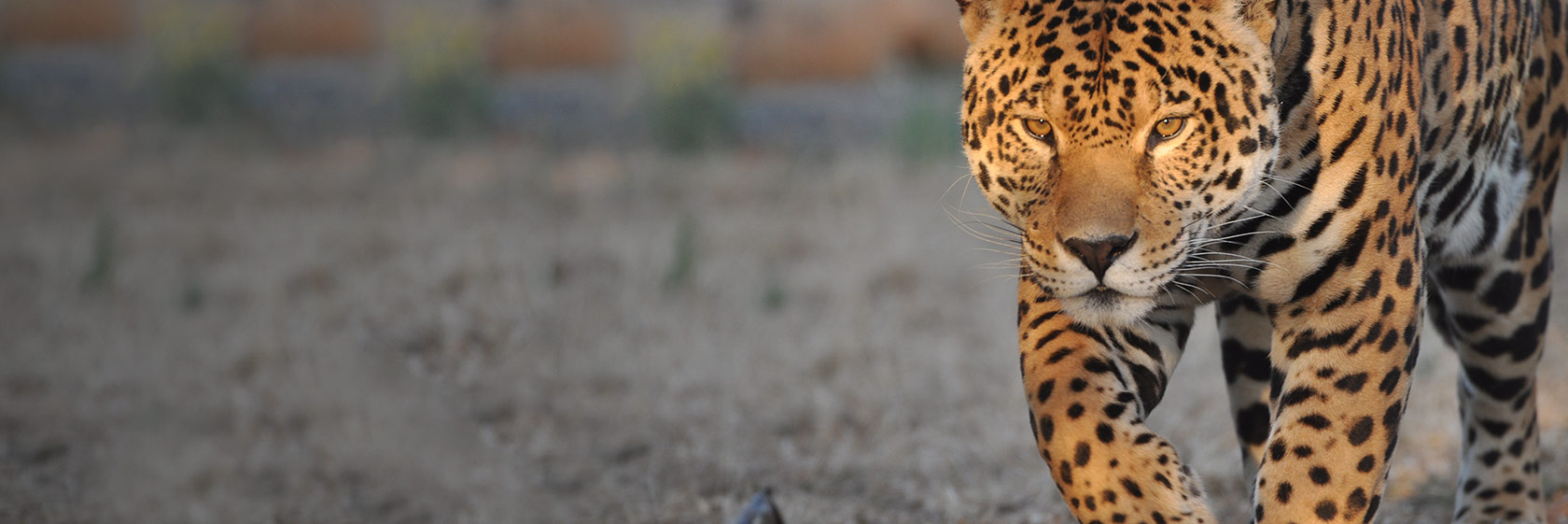
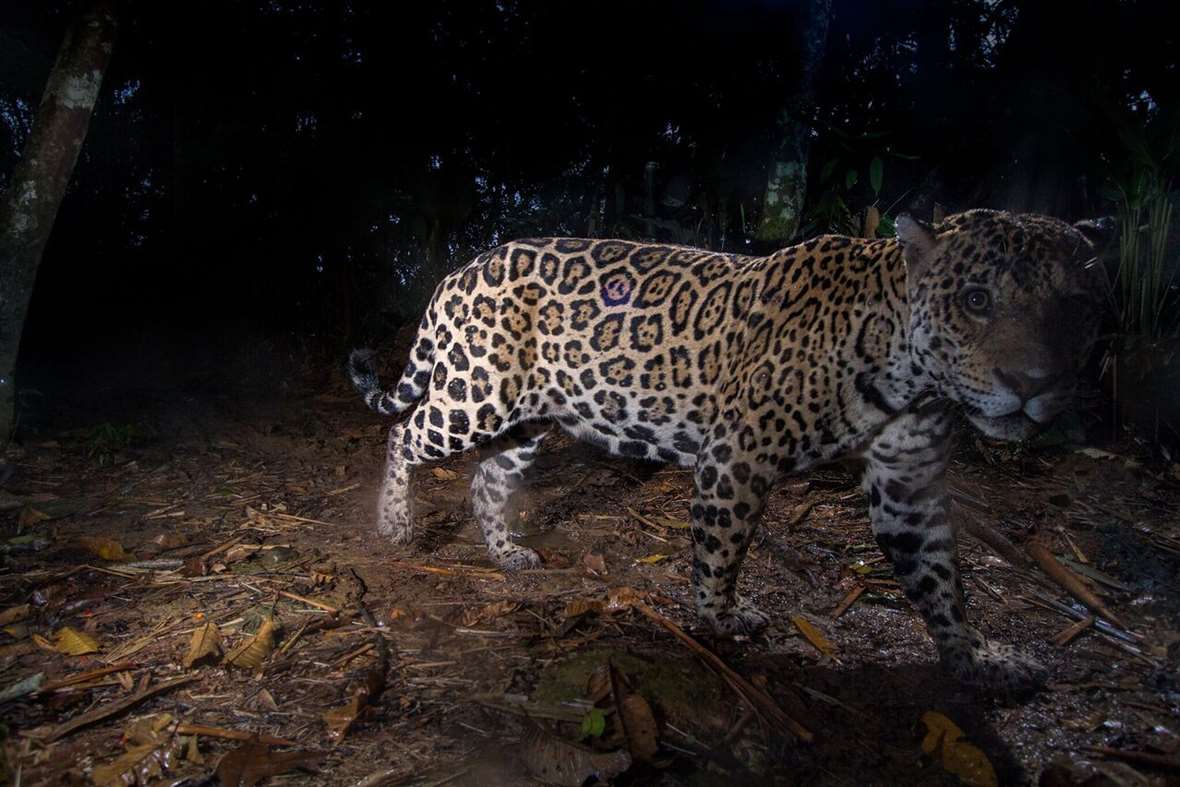
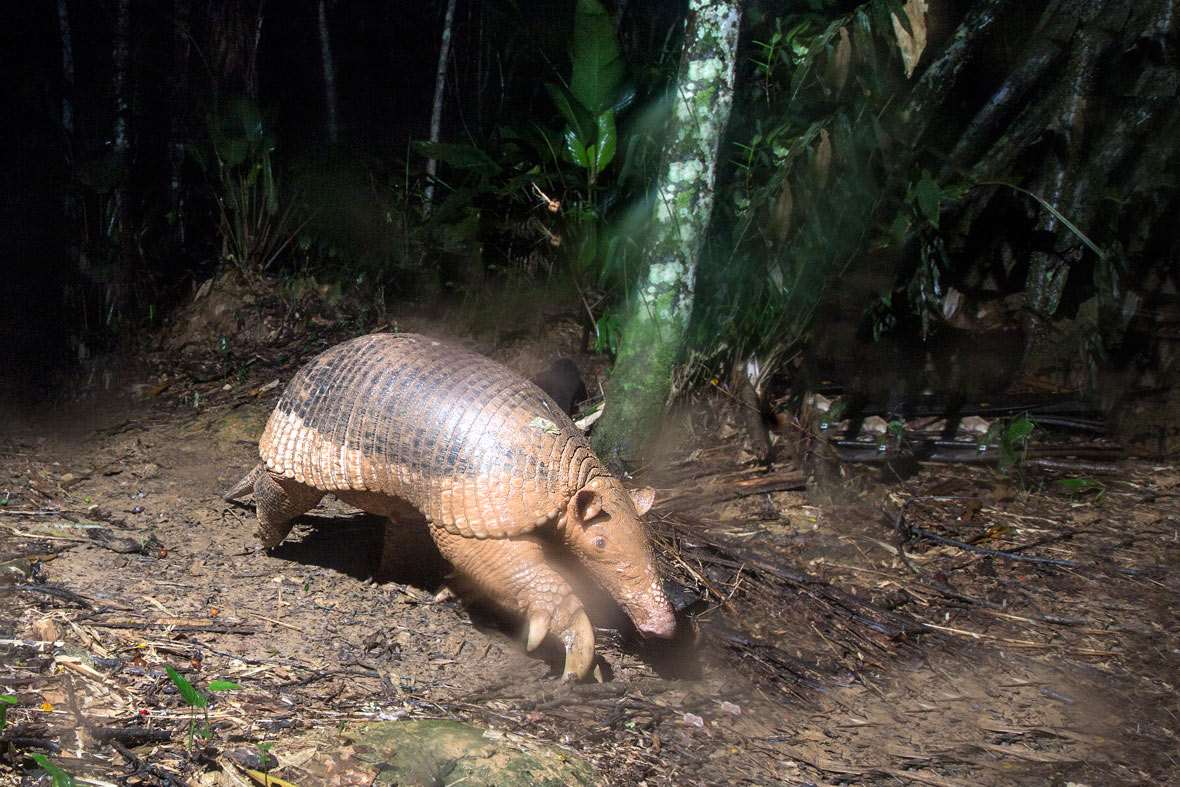
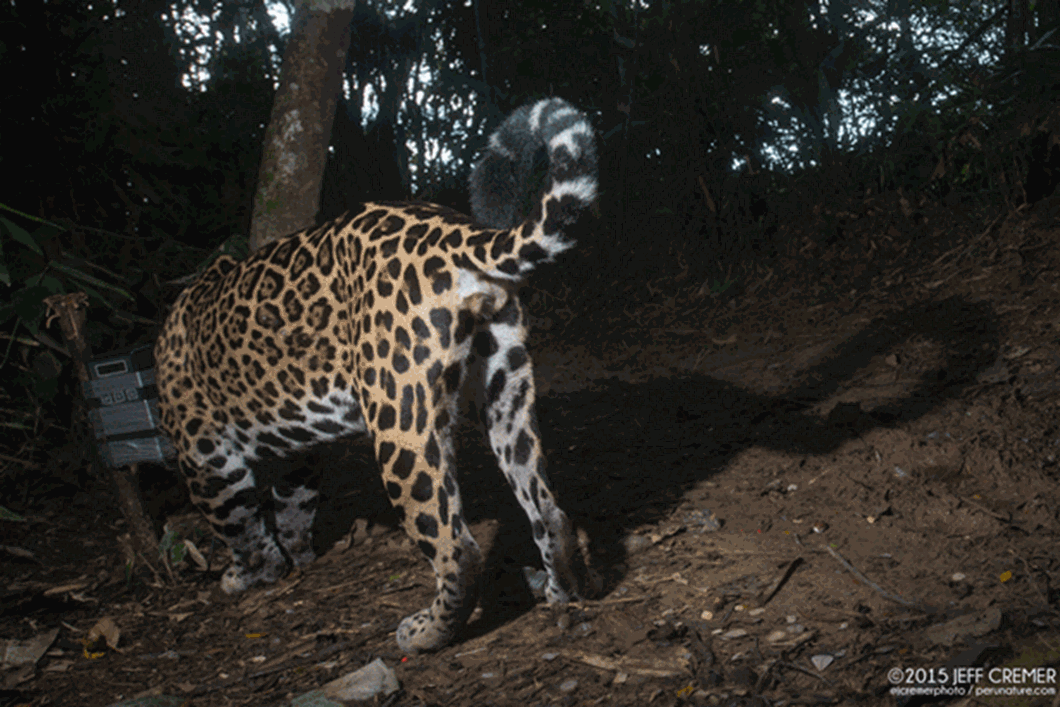
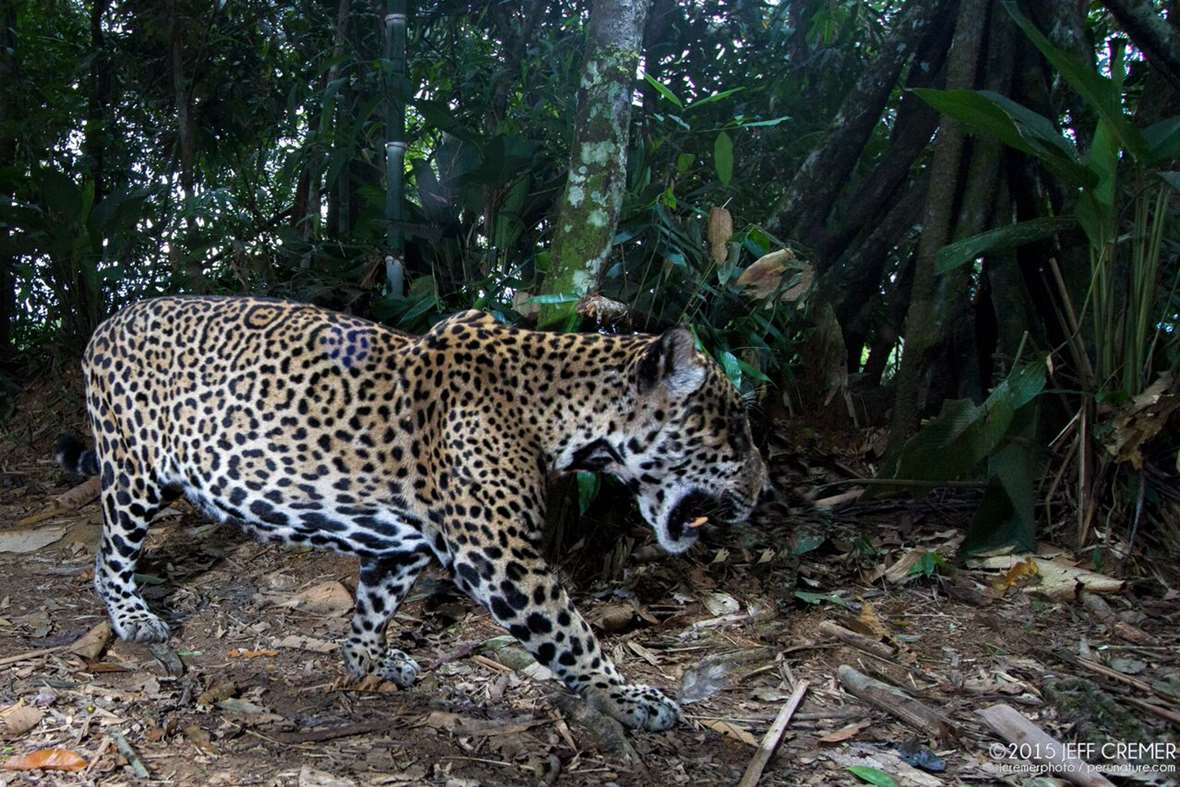
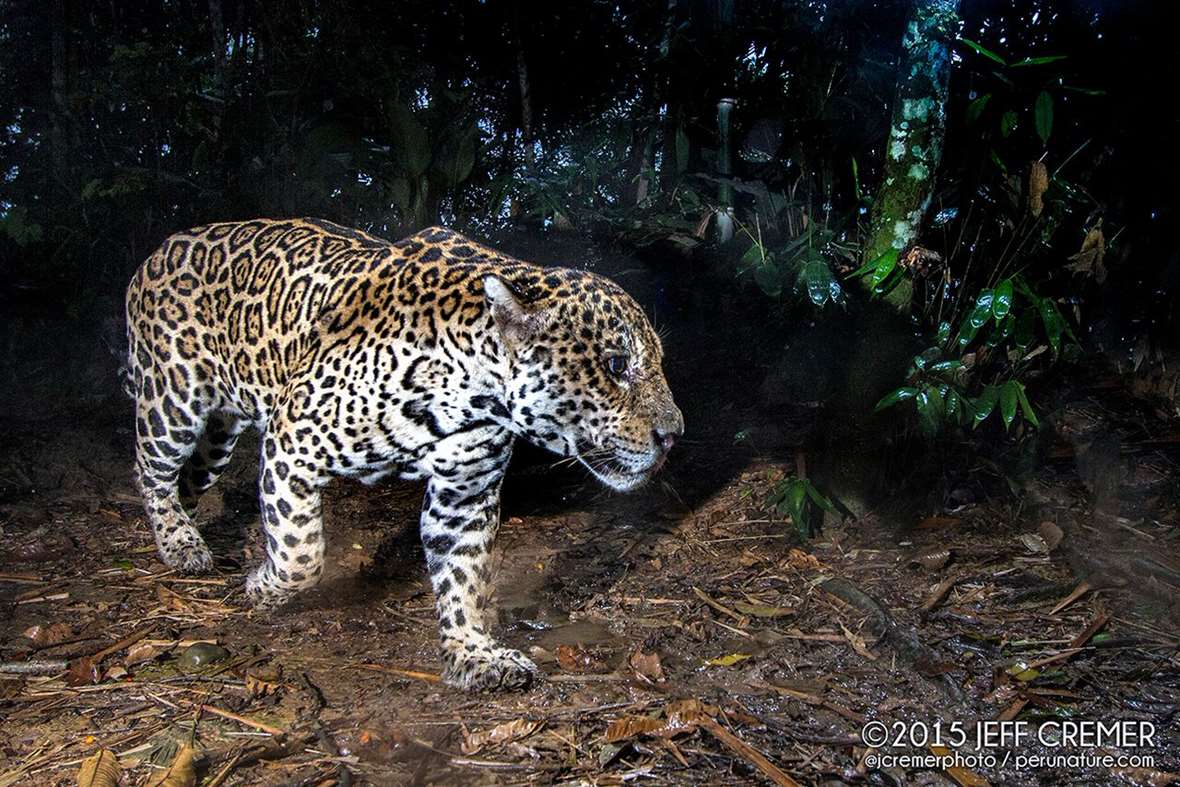


No comments:
Post a Comment